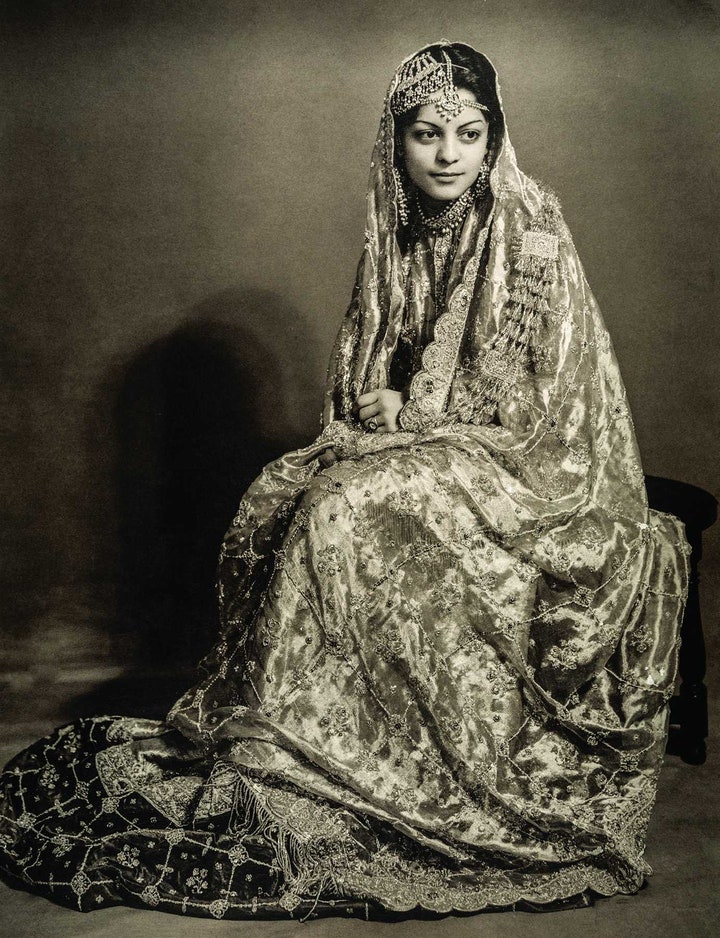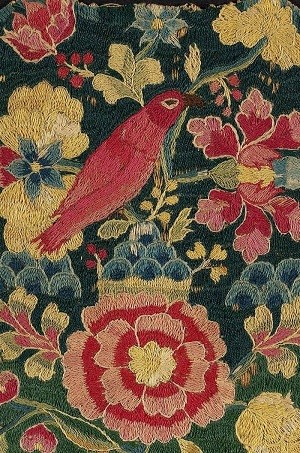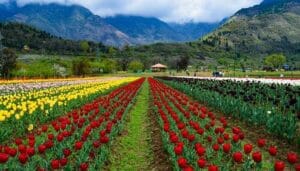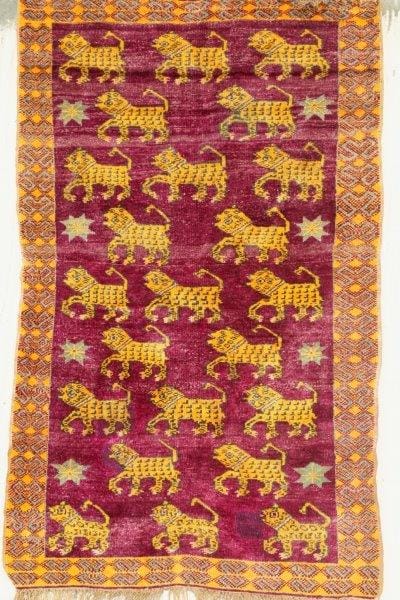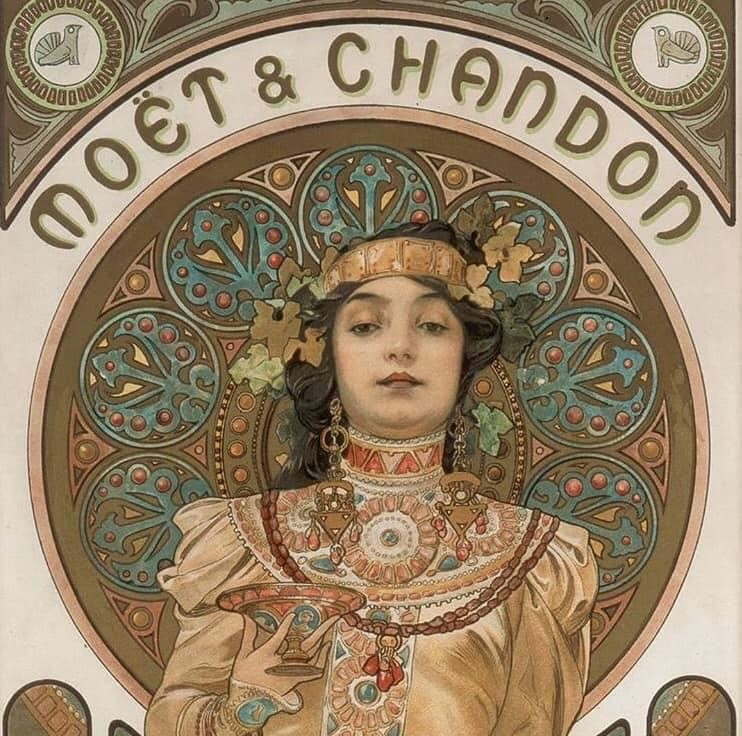28 Mar Phulkari Embroidery of the Women of Punjab
Posted at 15:01h in Artisan, Culture, DESIGN, Embroidery Series, History, Sustainability, Technique 1 Comment
[vc_row css_animation="" row_type="row" use_row_as_full_screen_section="no" type="full_width" angled_section="no" text_align="left" background_image_as_pattern="without_pattern" css=".vc_custom_1616956674552{padding-right: 15px !important;}" z_index=""][vc_column offset="vc_col-xs-12"][vc_column_text]If there is any embroidery that is solely in the realm of women, it is phulkari, and that too the women of Punjab. Translating to 'flower work,' it is vital in the history and culture of its state of origin, steeped in its history, its customs, and rites of passage ceremonies. More than any other embroidery of India, it is significant- less for commercial reasons and more for the insight it offers into women's lives historically. 


